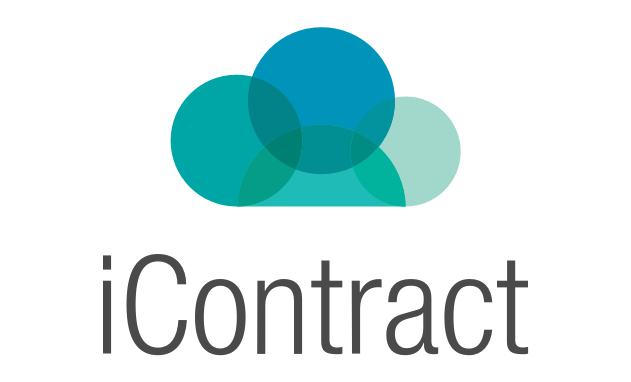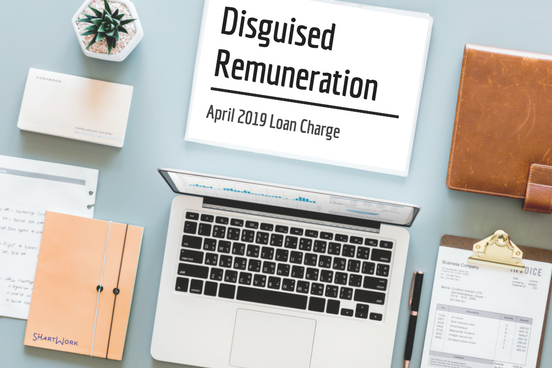When you are in employment, especially when you are younger, retirement is a faraway concept we tend not to think about. Many, however, find that they are unable to retire completely, supported by only the state pension. This is where auto-enrolment and salary sacrifice contributions step in to help people save for their time past the retirement age. Here is a quick guide to explain your options when joining an umbrella company.
1. Auto Enrolment
Upon joining an umbrella company, like with any employer, you will be asked to join their workplace pension scheme, introduced by the Government to help save for the future. The employer sets up a pension scheme and then pays into it together with the employee through automatic deductions. If you wish to opt out, you can, of course.
What are the benefits?
Apparently, more than half of UK adults planning on retiring expect that their financial situation will not support their desired lifestyle in retirement. So encouraging people to save is more important than ever. Auto-enrolment means that it is not only the employee who pays but also the employer and the government. It is essentially free money in your pension pot.
You can easily track how your savings grow by logging into your pension account and seeing a projection of what it will look like later down the line. Once you are retired or reach 55, you can spend the funds built up in your account.
Who is eligible?
You will automatically be enrolled on a workplace pension if you:
• are at least 22 years old
• are under the State Pension age
• earn more than the £10,000 per annum (or £833 per month, or £192 per week)
• usually work in the UK
How are your contributions calculated?
If you opt in, your umbrella employer will calculate your contributions based on your “qualifying earnings”. Your earnings that fall between the minimum qualifying amount of £6,240 and the maximum of £50,270 will form the basis of the calculation. For example, if you earn £25,000 per annum, your qualifying earnings will be £18,760 (£25,000 – £6,240).
*2025/26 figures
The Government sets minimum contribution levels of 8% of your qualifying earnings. From April 2019 onwards, 3% must be paid in by the employer and 4% by the employee, which is then topped up by the Government, which adds tax relief of 1%, essentially doubling what you pay in. Remember that the above are minimums, as your employer may increase their contribution percentage, meaning you can spend less.
SmartWork uses earnings basis for pension contributions and operates People’s Pension’s “Pensionable Earnings” Set 3, which includes salary, wages, commission, bonuses, overtime, statutory sick pay, statutory maternity pay, ordinary or additional statutory paternity pay and statutory adoption pay. Other pay components can be included, and this list is not exhaustive. Unlike “qualifying earnings”, contributions are worked out from the first pound earned, with no lower or upper bands.
Is it possible to opt out from Auto-enrolment?
If you qualify, your umbrella employer must enrol you into the scheme, but you don’t have to stay in it. You can opt out within a month and have any deductions refunded or at a later date, where your payment is preserved or refunded. Your options often vary by provider.
2. Self Invested Private Pension (SIPP)
Your umbrella may make SIPP pension contributions available, which is another way of putting money aside through voluntary contributions. As you may have guessed from its name, this arrangement allows you to voluntarily give up part of your contract rate and be paid into your SIPP by your umbrella employer.
Apart from controlling the contribution amount and building up your pot quicker, it is also portable, so you can take it to your next employer. As the pension contribution is taken off before tax, using the scheme, both the employee and the employer pay less tax and National Insurance.
For further information on SIPP contributions via SmartWork, please visit the relevant section of our knowledge base.
Important things to know about SIPP contributions
First of all, you can’t join if contributions reduce your contract rate below the minimum wage. Secondly, lowering your earnings will have a knock-on effect when you take out life insurance or want to apply for a mortgage. And finally, should you decide to opt out, the National Insurance savings made before will have to be paid back through a salary adjustment. This is because savings can only be retained if the money stays in the pot.
What pension contributions does SmartWork offer?
At SmartWork, we offer both auto-enrolment and private pension contributions.
For workplace pension (auto-enrolment), we teamed up with The People’s Pension, a non-profit pension provider owned by B&CE that provides support for over 1000 businesses in the UK. Working with them, we made sure that our automatic enrolment process was simple and seamless.
We are happy to facilitate contributions to our contractor’s Private Pension fund (SIPP) as an addition to our payroll service. We strongly recommend you read our guidance on our Knowledge Base before deciding to ensure this fits your personal situation.
In either case, as part of our personal service pledge, our contractors have a dedicated business manager who is always on hand to answer any questions.
To discuss what SmartWork can do for you, please do not hesitate to get in touch via e-mail at info@smartwork.com at 0800 434 6446; one of our business managers will be happy to answer any questions.
For more helpful articles, please don’t forget to follow us on LinkedIn, Twitter or Facebook.



